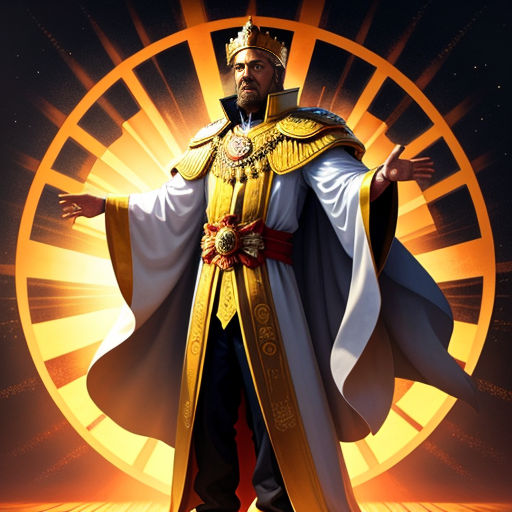
Age of the Unconquered Sun
By josh

29 Aug, 2023
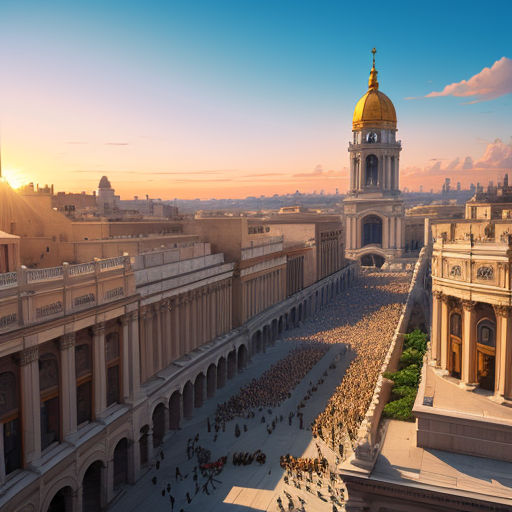
In an alternate timeline, the Western Roman Empire, with Sol Invictus as its official religion, prospered and endured through the ages into modern times. Emperors upheld the faith in the Unconquered Sun, fostering a unity that helped the empire resist barbarian invasions, famine, plague, and internal strife.
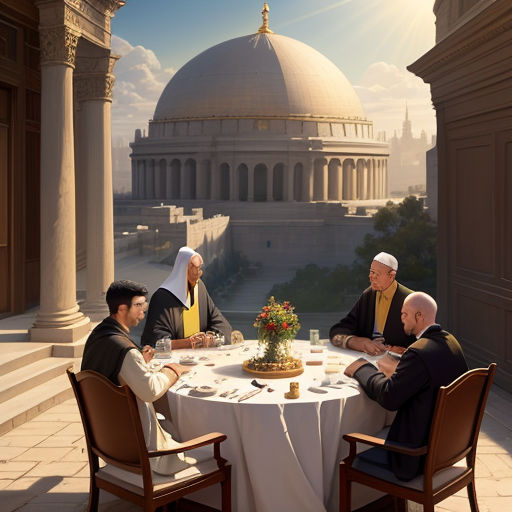
As scholars and priests studied and interpreted the tenets of the Sol Invictus, the empire sometimes waded through dark times, but the light of the Unconquered Sun always guided it, lighting the path forward.

The 5th Century was particularly vital. As the empire on our timeline was collapsing, their alternate version was marking a golden age.

This era was largely attributed to the glorious reign of Emperor Aurelius II.

Famous for his wisdom and tactical prowess, Aurelius II strategically averted invasions and internal rebellions, fortifying the empire's borders and strengthening its unity.

His reign witnessed a cultural renaissance with advancements in architecture, literature, and philosophy, as the empire and its mark on the world flourished.
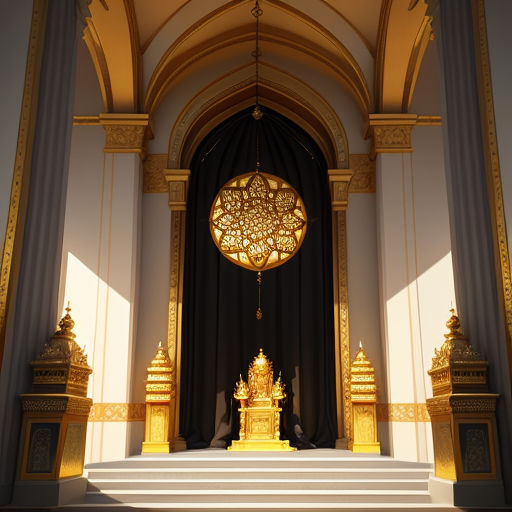
The emperor believed that the blessings of Sol Invictus were the source of his success and hence, promoted the faith fervently.
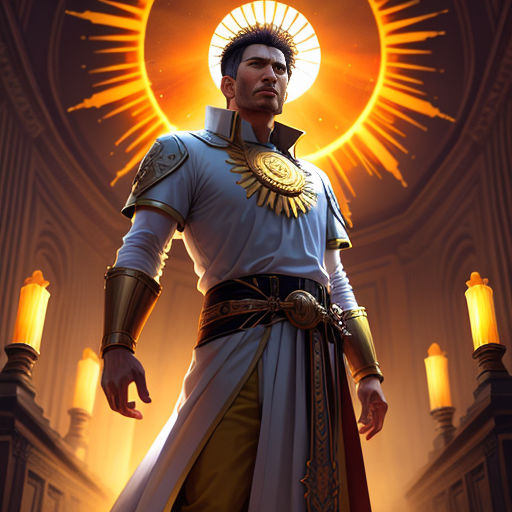
He established grand temples, initiated sun festivals, and organized sacrificial rites - all in the name of Sol Invictus.

This religious fervor unified many disparate provinces under a common faith, a factor instrumental in guarding the empire against fragmentation.
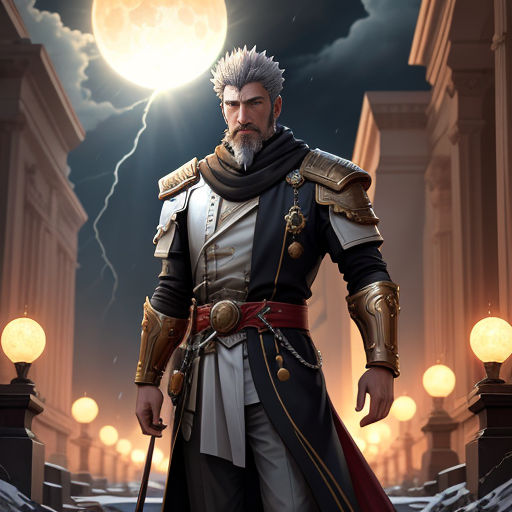
The legacy of Aurelius II was a solidified and resolute empire, weathering the storms of history, unyielding and radiant, much like the sun they worshipped. An empire that lasted.

A millennium later, the empire faced another pivotal era under the reign of Emperor Ignatius the Enlightened.

The 15th Century was poised on the brink of a new age - The Renaissance.

Ignatius, a man of letters, was inspired by the classics of the empire's golden age and sought to replicate the splendour of that time.

His reign saw a revival of arts and sciences, with solstice festivals acting as vibrant catalysts for the dazzling explosion of creativity.

Priests of Sol Invictus delved into astronomy, charting the heavens, and the empire developed a fascination for nature and exploration.

This era marked the sanction of voyages to distant lands in search of knowledge, opening up new routes and establishing connections with other civilizations.

Ignatius' reign helped to expand the empire's influence and the spread of Sol Invictus across the globe, evolving it into a global power.

As the centuries tumbled forth, the empire adapted and modernized, but the core faith in Sol Invictus remained unaltered, serving as a beacon guiding the empire through changing times.
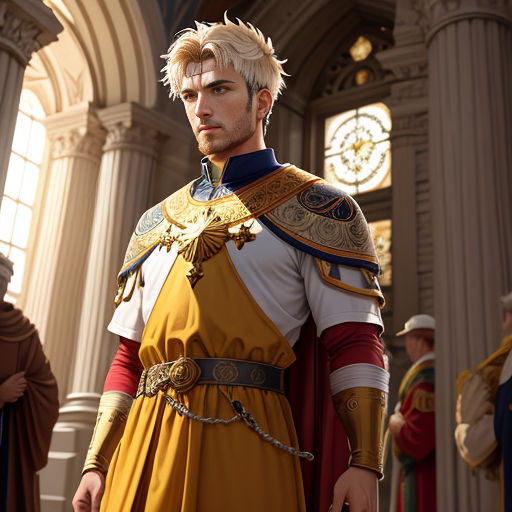
As we step into the present day, the faith in Sol Invictus continues to be a cornerstone of the Western Roman Empire.
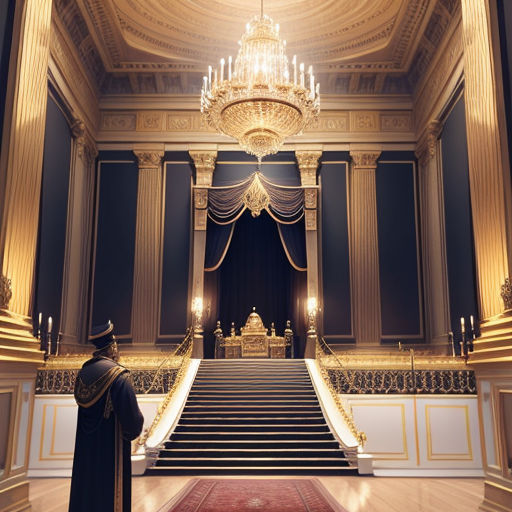
Emperor Victorinus VI now rules the ever-evolving empire.

As the world grows more complex and interconnected, Victorinus VI is determined to uphold the values of Sol Invictus, harnessing its spiritual power to lead his people.

Modern temples stand tall among skyscrapers, and solar imagery permeates Roman arts and architecture. Holiday celebrations continue to center around the solstices under his reign.

The empire, despite its ancient origins, is a major player in global politics, economy, and culture, maintaining its relevance in the ever-changing world.

In the face of innovations and challenges, Victorinus VI balances the deep wisdom of past emperors with modern insights, ensuring the empire's ongoing prosperity.

The empire has weathered the test of time due to the undying faith in Sol Invictus, embodying the tenacity and resilience akin to the Unconquered Sun.

And so, the Western Roman Empire, with the Unconquered Sun at its heart, endures.

The Unconquered Sun shines upon its people, the same sun that shone on Aurelius II and Ignatius the Enlightened, a symbol of continuity, unwavering and eternal.

As long as the sun shines, the Western Roman Empire, with its ancient traditions and modern adaptations, remains standing, unconquered, just like Sol Invictus.

The past and the present of the empire are intertwined, a testament to an enduring civilization, the Age of the Unconquered Sun.

As we delve into the annals of this alternate history, we are reminded of the power of unity, resilience, faith, and the illuminating guidance of an Unconquered Sun.

Through times of upheaval or peace, the Western Roman Empire, under the watchful gaze of Sol Invictus, continues to shine bright, a beacon of endurance in a transient world.